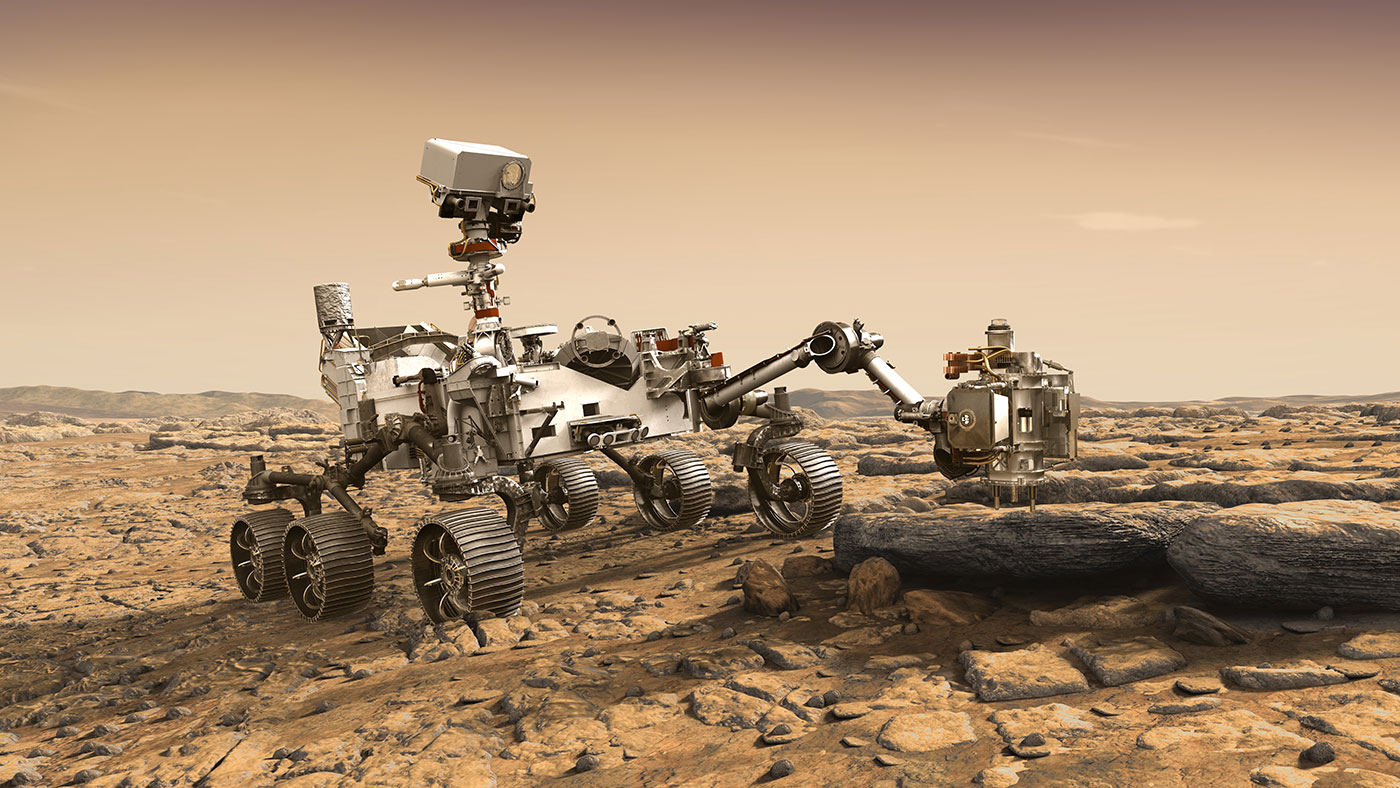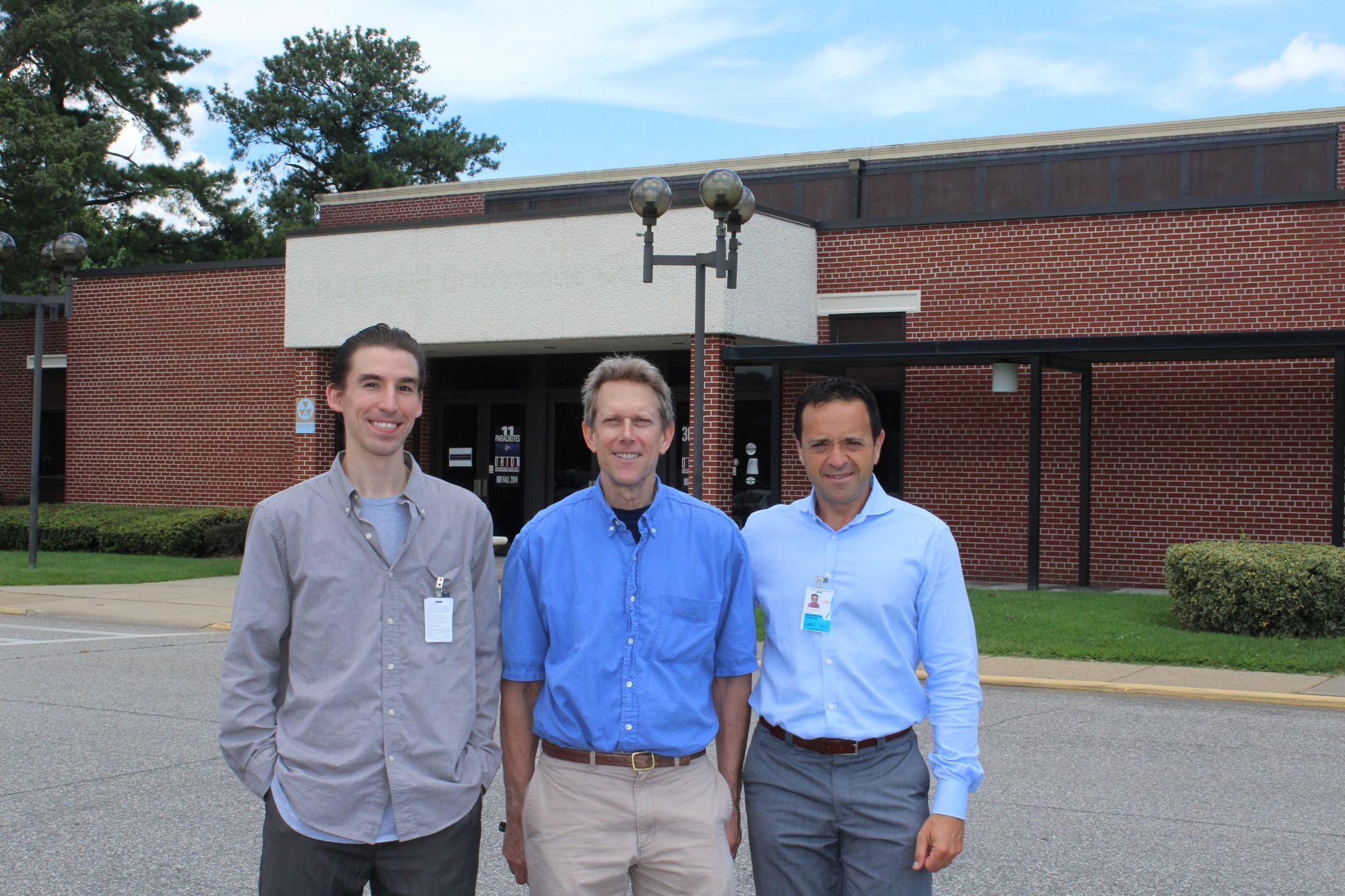If you can design a robot to autonomously explore Mars, putting the same technology in cars, toys and drones seems almost easy in comparison. That’s why Boston-based startup Neurala figured doing NASA-funded research on deep space computing was a natural fit as it worked towards its Earth-based goals.
The long-term vision, explains company cofounder Massimiliano Versace, was that “every device should have a brain.”
On Mars, for instance, communication with Earth can be delayed by as much as 25 minutes. “You cannot ping a server. You don’t have GPS. You don’t want to send to Mars something that can break or fail or needs a lot of communication and exchanges with Earth,” he says.
The company’s core technology is an artificial intelligence (AI) “brain” — neural-network software modeled after the human brain that can interact with and learn from its environment using ordinary cameras and sensors. The Neurala Brain can process its surroundings locally, so it doesn’t require a cloud-based supercomputer like other AI systems.
Versace and his cofounders, colleagues in the Cognitive and Neural Systems Department at Boston University, developed the software on graphic cards, which can compute a large amount of information in parallel. In contrast, traditional computer central processing units process many small pieces of information very fast but only serially, or one after the other.
When Rovers Don’t Stop to Ask Directions
NASA got wind of Neurala’s early work from a journal article in 2010 and immediately saw broad potential applications. The company was soon awarded Small Business Technology Transfer (STTR) contracts with NASA’s Langley Research Center in Hampton, Virginia.
“The first phase of the STTR award was really focused on showing how a rover on Mars would learn to navigate within an unsupervised neuromorphic computing paradigm and find its way in an unfamiliar environment,” says Mark Motter, an engineer at Langley.
At the time, exploring planetary surfaces still required a good deal of human control and power-hungry sensors for even basic functions. Less than a decade later, neural networks and deep learning appear ready to transform industries and replace old algorithms in tasks like object and speech recognition.
Motter, whose doctorate work also involved unsupervised machine learning that could be applied to unpiloted aerial vehicles, or drones, took particular interest in Neurala’s research. He saw that the visual processors had clear potential benefits on Earth. An award from a NASA Center Innovation Fund allowed the Neurala team to help Motter develop technology to avert drone collisions.
In 2014, Neurala was able to raise $750,000 in private capital and an additional $250,000 from a NASA program that matches private funds to help commercialize STTR technology. With this funding, Neurala created several apps for consumer robots and drones, including Parrot’s Jumping Sumo ground robot and its Bebop flying drones, as well as the DJI Phantom drone. The company is also licensing the apps to consumer drone manufacturers, Versace says.
Brains for Bots
But Neurala sees its real market as designers and manufacturers, who can use its Brain for Bots software development kit to build their own apps for the Neurala Brain, which they can then build into their self-driving cars, robots, smart cameras, toys and more.
“If you’re a drone flying 50 miles an hour, by the time you send video to the cloud where a program identifies a bird in your path and sends back information to steer, you’ve already hit the bird,” Versace says. “You want to be able to compute quickly on the device for safety reasons. Our technology enables us to cut the umbilical cord to the external world.”
In the case of smart household devices and toys, local computing prevents security and privacy problems, too. “With the ‘internet of things,’ everything has to be connected with everything else,” Versace explains. “In reality, sometimes you don’t really need the internet. Or you don’t want it. Or you can’t have it.”
The Neurala Brain’s ability to function locally owes much to the space agency’s early support, Versace says: “They gave us the money to do it, but also, they forced us to do it the right way.
“Without NASA, Neurala would not be the company that it is.”
NASA has a long history of transferring technology to the private sector. Each year, the agency’s Spinoff publication profiles about 50 NASA technologies that have transformed into commercial products and services, demonstrating the wider benefits of America’s investment in its space program. Spinoff is a publication of the Technology Transfer program in NASA’s Space Technology Mission Directorate.
To learn more about this NASA spinoff, read the original article from Spinoff 2018.
For more information on how NASA is bringing its technology down to Earth, visit http://technology.nasa.gov.
Rebecca Carroll
Goddard Space Flight Center






























